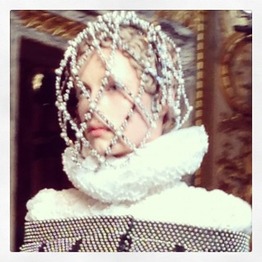 At McQueen A/W13 – Pic Lucy-Yeomans With Alexander McQueen showing ruffs for next winter it would seem that all things Tudor continue to fascinate us. The ruff began as a small ruffle at the collar of the men's linen undergarment that was visible above the doublet in the mid sixteenth century. By the late 1560s they were getting bigger and were all the rage for women too. The ruff continued to expand for some decades and all sorts of styles developed, tiered, cartwheel, lace, bejewelled, to mention just a few, and indicated the wealth of the wearer – the whiter and larger your ruff the more you had to spend on the hours of starching and careful shaping required to keep it looking pristine. For an in-depth exploration of ruff matters see Dr Victoria Buckley's excellent Shakespeare's England blog.
0 Comments
Leave a Reply. |
Subscribe to Elizabeth's quarterly newsletter below:Archives
June 2018
Categories
All
|
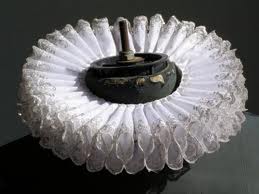
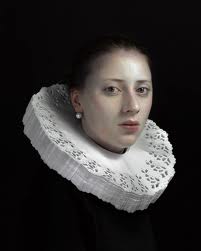

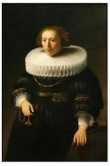
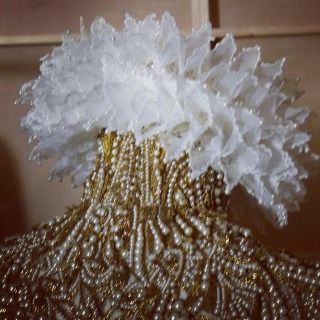
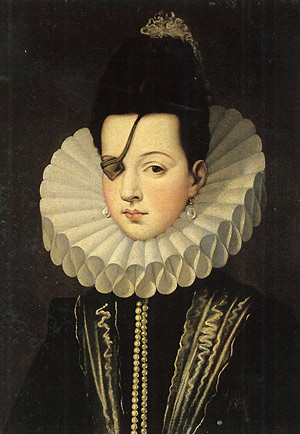
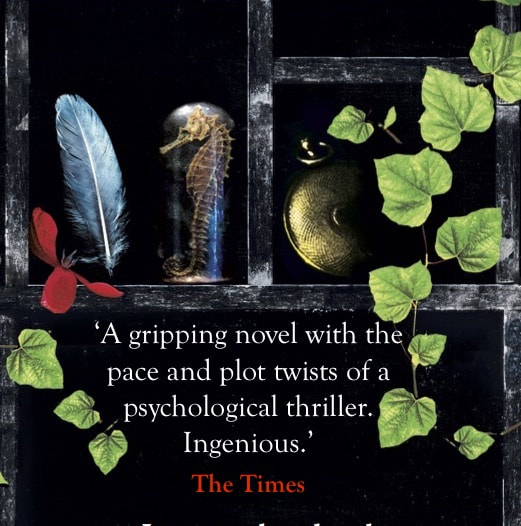

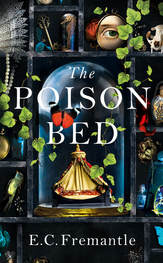
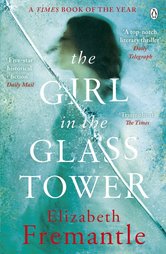
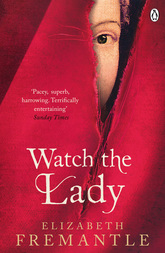
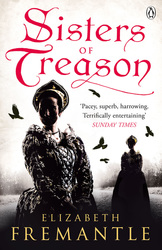
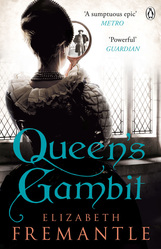
 RSS Feed
RSS Feed
